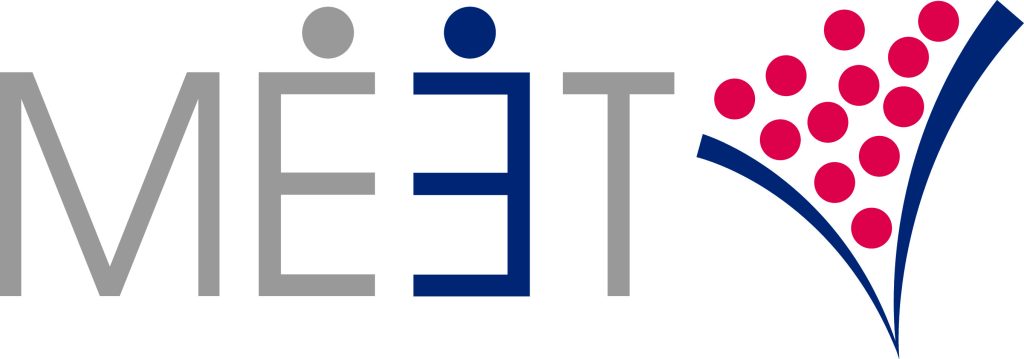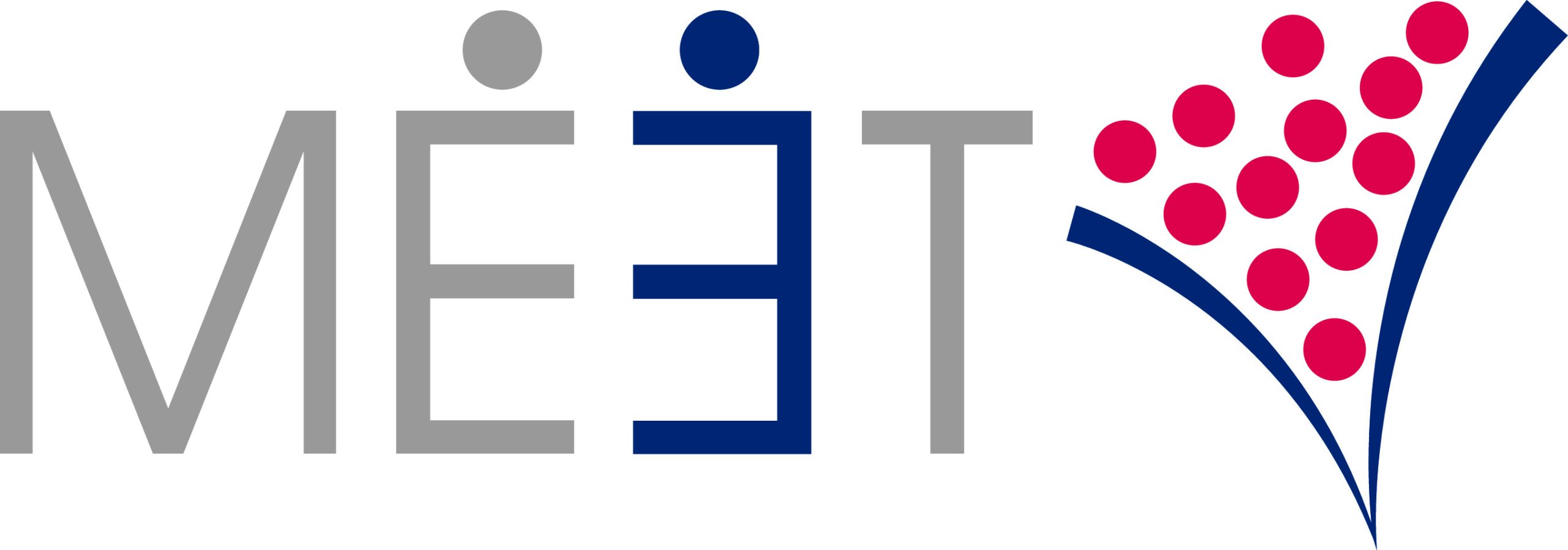If scaling to the U.S. market is something you’ve considered, you’re probably aware of the potential risks and rewards.
At MEET, our goal is to help companies entering the U.S. market employ techniques to optimize this process by minimizing the risks and leveraging all the unique rewards that this large and competitive market has to offer.
 Our strategy boils down to quickly and efficiently building traction to maximize the probability of success. Our particular focus for achieving this traction is trade shows and in-person events.
Our strategy boils down to quickly and efficiently building traction to maximize the probability of success. Our particular focus for achieving this traction is trade shows and in-person events.
In this post, we’d like to take a moment to explain why we see early traction as the most important criteria to successfully scaling to the U.S. market. But first, here’s how we characterize the risks and rewards of U.S. market entry.
The potential risks and rewards of U.S. market entry
The general risks to U.S. market entry include everything from:
- Diluting your management team’s focus;
- Diverting resources from your current and successful markets; and
- Degrading your reputation, whether in your own market, with current or future investors, partners, or your team.
On the flip side, the rewards—what inspired you to take these risks in the first place—are pretty straightforward. The scale of the U.S. market consumer, B2B, and B2G (business to government) segments are exceptional. And because we are a consumer culture, there’s no mistaking that the revenue and profit potentials are strong.
The competitive nature of the U.S. market can be thought of as another potential risk or challenge, but also a potential reward. Companies that make it in the U.S. market gain added credibility for surviving the competition. The experience may also help them to build systems for future global expansion.
Time is the greatest risk of all
At MEET, we find ourselves in a wide variety of venues for our clients. And yet despite this diversity, we rarely if ever hear people talking about one of the greatest risks to scaling to the U.S. market: TIME.
What happens if after 12 or 18 months of scaling to the U.S. market you haven’t established good traction? In other words, you haven’t seen at least some wins, victories, and successes. In our experience, this is when the assets of your organization begin to erode and the downward spiral begins.
What are these assets?
Assets include team members, investors, customers, and any type of channel partner. In the absence of signs that you are gaining traction, e.g. business closed, commissions paid, and customer results delivered it will be very hard to keep these assets and resources committed to your mission.
A competitive staffing environment requires early engagement
The U.S. is a uniquely competitive staffing marketplace which makes holding on to your investment in high-quality staff especially important. In the event that you are not able to show traction, your best staff will inevitably begin to look elsewhere for what they consider to be better opportunities.
 While we encourage all our clients to scale at their own pace, we like to emphasize the risks that slower market entry poses to keeping your team engaged, in addition to the various other assets and resources you rely on.
While we encourage all our clients to scale at their own pace, we like to emphasize the risks that slower market entry poses to keeping your team engaged, in addition to the various other assets and resources you rely on.
The best way to hold on to your most valued resources while scaling to the U.S. market is by demonstrating early success and traction. Just as sports team with strong winning records attract the best players, the more victories small and large you are able to harness in the U.S. market, the better you’ll be able to retain and actually improve your most valuable assets and resources.
For more tips and resources on how to effectively enter the U.S. market, check out our latest webinar: SCALE NOW: Entering the U.S. Market through Trade Shows and In-Person Events.
About
MEET (meetroi.com) helps international B2B growth companies soft land and scale in the U.S. through trade shows and in-person events. MEET’s processes help its clients ramp-up sales quickly and maintain a steady stream of high-quality prospects going forward. Contact Bill Kenney for a no obligation conversation: bill@meetroi.com or +1 (860) 573-4821.

